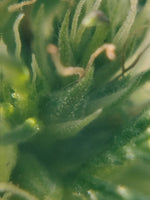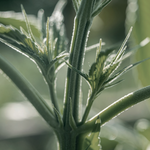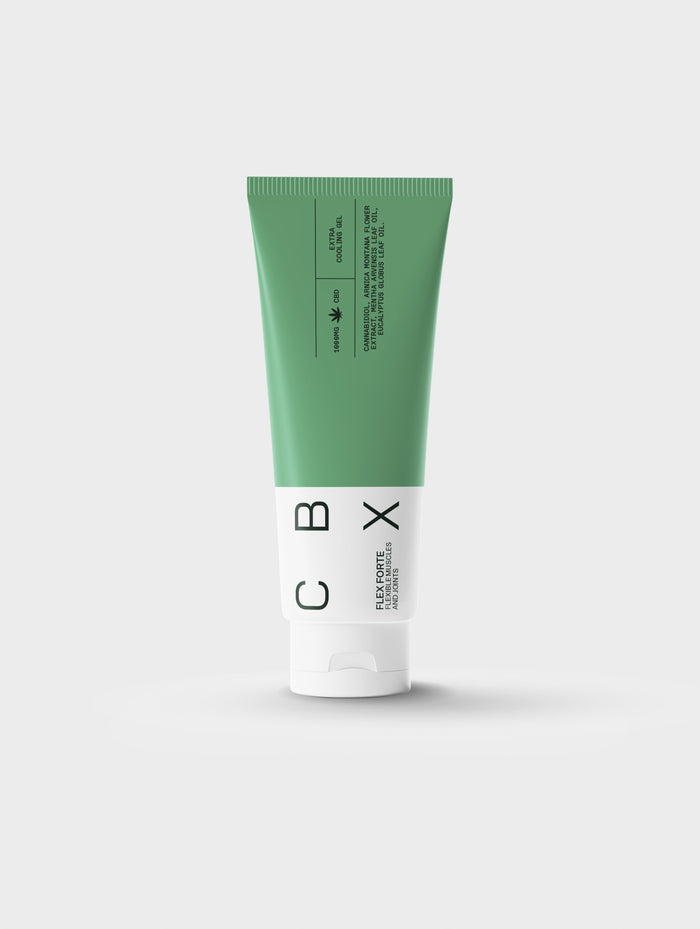Medical cannabis can be administered in various ways depending on the country and legislation.
The medical use of cannabis is almost 5,000 years old . However, we are only beginning to understand the mechanisms of action of cannabinoids, their therapeutic virtues, the most efficient dosages and methods of administration.
The first written records of the therapeutic use of cannabis date back to 2700 BC. In the oldest pharmacopoeia in the world – attributed to the Chinese emperor Shen-nung – cannabis was mentioned in around a hundred indications.
However, it was not until the end of the 20th century and the discovery of the endocannabinoid system that we began to understand why and how cannabis acts on the human body.
The properties of cannabinoids
We now know that the plant contains many active ingredients: CBD, THC, CBN, CBG, etc. Not all of these cannabinoids are created equal and much remains to be discovered about their physiological effects. However, the anti-inflammatory, anti-emetic, analgesic, anti-bacterial and even anti-cancer properties of certain cannabinoids have been proven.
Properly administering medical cannabis
In order to optimize the therapeutic virtues of cannabinoids, it is not only necessary to identify their individual mechanism of action. It is also necessary to determine at what dose they will be safest and most effective.
In this regard, the method of administration is very important. Indeed, cannabis can be smoked, inhaled, ingested or even applied to the skin.
Inhalation methods
There are several ways to inhale cannabis.
· Smoking cannabis (in the form of joints) is the most common mode of consumption. It is also the most harmful. In fact, the combustion of cannabis generates nearly 2000 derived substances. Some, like carbon monoxide, are toxic or even carcinogenic.
· Vaporization consists of inhaling cannabis by passing water vapor through it (via an electronic cigarette, for example). The temperature to which the plant is heated being significantly lower, substances derived from combustion are avoided. Vaporization is, however, not ideal for controlling the dosage.
Oral administration
· Cannabis ingestion can be done through herbal teas or by eating preparations made from cannabis-infused butter or oil. These methods of administration are not recommended. The cause: the random and unpredictable concentration of cannabinoids. These being poorly soluble in water, herbal teas are often not dosed enough. As for infused fats, they can on the contrary be overdosed. This exposes you to the unwanted side effects of cannabis consumed in excess: anxiety, paranoia, dizziness, etc.
· Thanks to the high vascularization of the underside of the tongue, administration by sublingual route allows a rapid pharmacological effect and controlled dosages. Same with sprays for oral use.
Dermal administration
Administering a cannabinoid through the skin – via a cream, gel or patches – has several advantages:
· We avoid the production of products derived from combustion.
· The dosage can be easily controlled.
· The treatment is localized on an area defined by the surface of application of the product.
It is also possible to administer a cannabinoid rectally (suppository) or ophthalmologically, but these uses are rarer.
***sources***
Hand A. et al., “History of medical cannabis” in J Pain Manage , 2016.











